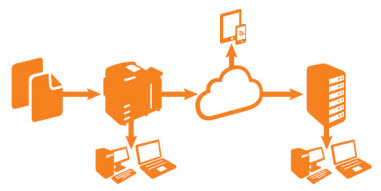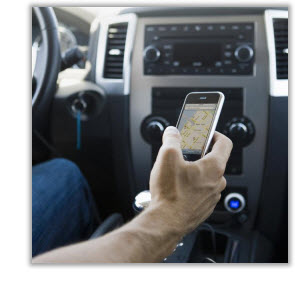 In the increasingly influential world of IT consumerization, enterprise IT decision-makers need to gain a better understanding of the factors that drive employees to prefer personal devices for work-specific tasks.
In the increasingly influential world of IT consumerization, enterprise IT decision-makers need to gain a better understanding of the factors that drive employees to prefer personal devices for work-specific tasks.
That’s a quick summary of a recent article published by LinkedIn “influencer” Daniel Burrus.
We’re in an age of rapidly evolving mobile hardware, with countless productivity-enhancing apps available either free or affordably, and the emergence of The Cloud as a powerful data and utility repository that promises to continue making mobility not only increasingly feasible, but more the norm than the exception for the global workforce.
But IT executives aren’t the ones making the push toward employee mobility. They understand the “bring your own device” (BYOD) phenomenon is in its infancy and isn’t going away. But they’re stuck in a reactionary mode that’s ripe for disruption whenever their workforce embraces the latest-greatest mobile device and/or work-process-specific software.
Burrus’ LinkedIn article provides a thorough reporting of the facts and figures regarding the widespread disconnect between the employees that are driving the shift toward workplace mobility and BYOD, and the executive-level decision-makers who continually find themselves playing catch-up.
If you’re in a position of influence at the enterprise level, understanding the key factors (both human and technological) spurring the mobility revolution is a critical necessity when evolving from reactive to proactive IT decision-maker.
It’s about having an infrastructure in place that supports your workforce’s desire to increase productivity using their own devices. Certainly, mobile printing and data security are major considerations, among many others.
Which is why I’m proud to say that when it comes to BYOD-ready multifunction printer technology, Xerox is leading the way.
Visit our Xerox® ConnectKey® website to learn more about the ways in which ConnectKey technology helps enterprise customers stay ahead of the workplace-mobility curve.
Another consideration for those implementing mobile-worker-friendly policies and appropriate technologies is how to store and provide access to company data and content in a way that ensures the integrity and security of business-critical assets.
To that end, I encourage you to read the Real Business at Xerox blog post, “Tackling BYOD Concerns With A Mobile Enterprise Content Management Solution.” The article provides helpful insight into the benefits provided by a secure, mobile-accessible enterprise content management (ECM) system.


